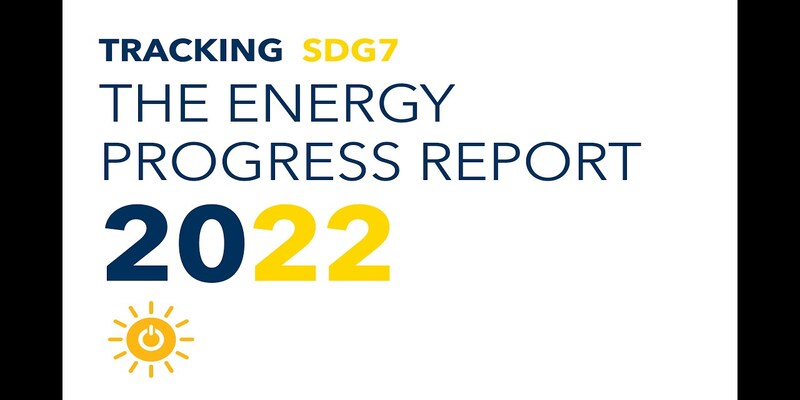Schedule a Call Back
Energy progress report: world lag effort in achieving sustainable energy goals
 Industry News
Industry News- Jun 09,23

Related Stories

Energy progress report: world lag effort in achieving sustainable energy goals
The report ‘The 2023 edition of Tracking SDG 7: The Energy Progress Report’ warned that current efforts were not enough to achieve the SDG 7 on time. Global energy access gap persists: 675 milli..
Read moreRelated Products

Numerical Check Synchronizing Relay -jnf 060
JVS Electronics Pvt Ltd offers a wide range of numerical check synchronizing relay -JNF 060.

Kusam-Meco Ultrasonic Thickness Gauge - Model - Km 131d
KUSAM-MECO”
has introduced a new Ultrasonic Thickness Gauge
Model KM -131D.

Kusam-meco Thermal Imaging Camera
Kusam Electrical Industries Ltd offers a wide range of Kusam-Meco” Thermal Imaging Camera - Model TG-305















